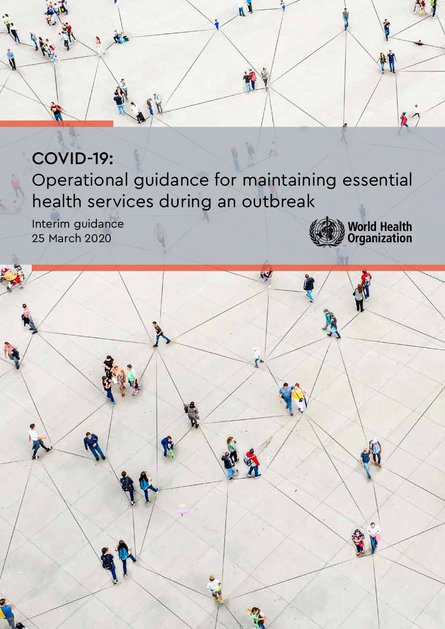
Health systems are being confronted with rapidly increasing demand generated by the COVID-19 outbreak. When health systems are overwhelmed, both direct mortality from an outbreak and indirect mortality from vaccine-preventable and treatable conditions increase dramatically. Analyses from the 2014-2015 Ebola outbreak suggest that the increased number of deaths caused by measles, malaria, HIV/AIDS, and tuberculosis attributable to health system failures exceeded deaths from Ebola.[1,2] A system’s ability to maintain delivery of essential health services will depend on its baseline capacity and burden of disease, and the COVID-19 transmission context (classified as no cases, sporadic, clusters, or community transmission). Maintaining population trust in the capacity of the health system to safely meet essential needs and to control infection risk in health facilities is key to ensuring appropriate care-seeking behavior and adherence to public health advice. A well-organized and prepared health system has the capacity to maintain equitable access to essential service delivery throughout an emergency, limiting direct mortality and avoiding increased indirect mortality.